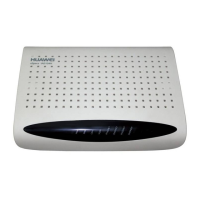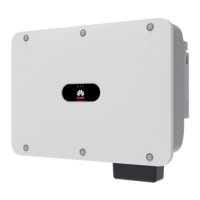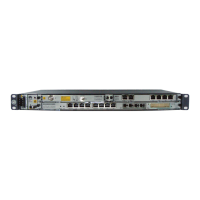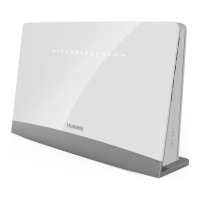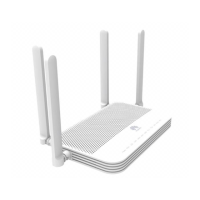2. Decompress the software package, double-click the installation program, and
complete the installation as prompted.
3. Right-click the client program and choose Run as administrator from the
shortcut menu. The login page is displayed.
4. Select Local Mode, set Lock screen (optional), and click Enter.
5. Select Micro Edge Access.
6. Add an IVS1800.
Figure 6-31 Adding a device
– If the PCs of the iClient and IVS1800 are deployed in the same LAN, set Address to
the internal IP address of the IVS1800. If the iClient is installed on an external
network and the IVS1800 is deployed in the LAN, set Address to the external IP
address of the IVS1800.
– When the IVS1800 is added to the iClient by the admin user, the iClient checks
whether the login password of the admin user has been set. If the password is not
set, log in to the OMU portal to set the password.
7. Click Finish to go to the iClient.
Step 2 Add a camera. For details, see the documentation delivered with the device or
obtain the documentation by referring to the "Reference Documentation" section.
View the corresponding section.
1. On the home page of the iClient, click Device Management.
2. Right-click an IVS1800 and choose Camera Access.
iMaster NetEco
Device Installation and Commissioning Guide (Data
Center) 6 Adding Devices
Issue 02 (2021-05-12) Copyright © Huawei Technologies Co., Ltd. 180
